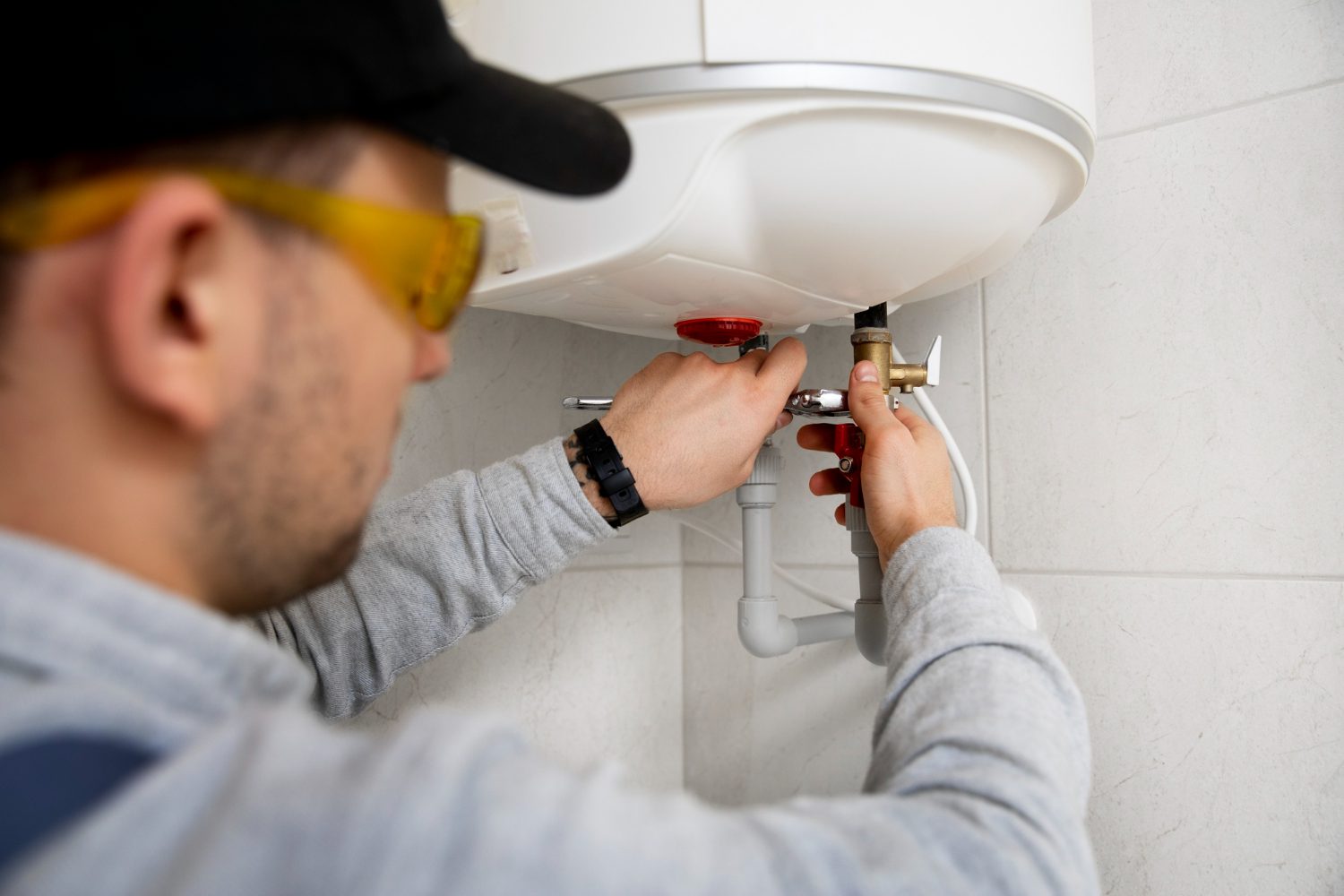If you’re tired of dealing with a clogged up bathroom drain, it might be time to tackle the mess head-on and remove the drain yourself. The process can seem daunting at first, but fear not! With this comprehensive guide showing you exactly how to remove your bathroom drain easily and safely, you’ll soon be on your way to having a sanitary sink that looks brand new in no time! Read on for tips about gathering tools, removing fixtures, learning how to diagnose problems with plumbing fittings or pipes themselves – so that ultimately you will know when it is best to get professional help.
Identifying the Type of Drain in Your Bathroom
Have you ever experienced a clogged drain in your bathroom? It can be frustrating, especially if you’re not sure what type of drain you have. Identifying the type of drain is the first step to resolving the issue. Most bathroom drains fall into two categories: pop-up drains and lift-and-turn drains. Pop-up drains are typically found in sinks and have a visible stopper that you push down to close and pull up to open. Lift-and-turn drains, on the other hand, don’t have a visible stopper and are turned by a knob on the drain. Understanding your bathroom drain type can help you troubleshoot issues and prevent future clogs.
Preparing to Remove the Drain
Preparing to remove the drain can be a daunting task, but with the right tools and knowledge, it doesn’t have to be. Before starting, gather all necessary supplies and turn off the water supply to the fixture you’ll be working on. This will prevent any water from leaking out during the removal process. Then, remove any fixtures or pipes that could be in the way. Next, carefully loosen the drain flange by tapping it with a rubber mallet or screwdriver. Be sure to catch any nuts or bolts that fall out during this process. Finally, lift the drain out and inspect it for any damage or debris. With the proper preparation, removing a drain can be a relatively easy task.
Loosening the Pipes and Unscrewing the Drain
There’s nothing worse than standing ankle-deep in murky water as you try to rinse shampoo from your hair. Clogged drains are the bane of every homeowner’s existence. Sometimes, the easy fix of pouring hot water down the drain just won’t cut it, and you need to roll up your sleeves and tackle the issue more directly. That’s where loosening the pipes and unscrewing the drain come in. Though it may sound daunting, with a bit of know-how and a can-do attitude, you can loosen those pipes and unscrew that drain like a pro. So say goodbye to those pesky blockages and hello to free-flowing water. If you are unable to complete this, always contact the professional plumber for assistance.
Cleaning Out the Sink Trap
Cleaning out the sink trap may seem like a simple task, but it can make a big difference in the functionality of your sink. Over time, debris such as food, hair, and soap scum can build up in the trap and create a blockage. This may result in slow draining water or even a complete clog. By taking the time to clean out the trap regularly, you can prevent these issues from occurring and ensure that your sink is running smoothly. Don’t let a small task turn into a bigger problem, grab your gloves and get to work on cleaning out that sink trap! Your sink (and your sanity) will thank you.
Removing Clogs from the Pipes
Dealing with clogged pipes is one of the most frustrating household tasks anyone can encounter. The moment water starts to back up in the sink, shower or toilet, panic sets in. Cleaning the pipes can be a messy and complex process, especially if one is not familiar with the intricacies of plumbing. Determining the cause of the clog, whether it is caused by hair, food particles, dirt or a combination of them, is crucial in removing the obstruction. Common methods of unclogging pipes include the use of a plunger, drain snake or chemical drain cleaner. While these methods may work in some instances, a severe blockage may require the help of a professional plumber. It is important to act quickly when faced with a clog, as delaying the cleaning process may lead to more severe plumbing issues down the line.
Installing a new Drain
Installing a new drain can seem like a daunting task, especially if you’ve never done it before. Whether you’re putting in a new sink or updating your shower, proper drainage is key to preventing water damage and maintaining a clean, healthy home. Don’t let the idea of drilling into your plumbing system intimidate you – with the right tools and a little bit of know-how, installing a new drain can be a simple and rewarding DIY project. Plus, it’s a great way to save money on costly professional plumbing services. So, roll up your sleeves, grab your wrench, and let’s get started!



































